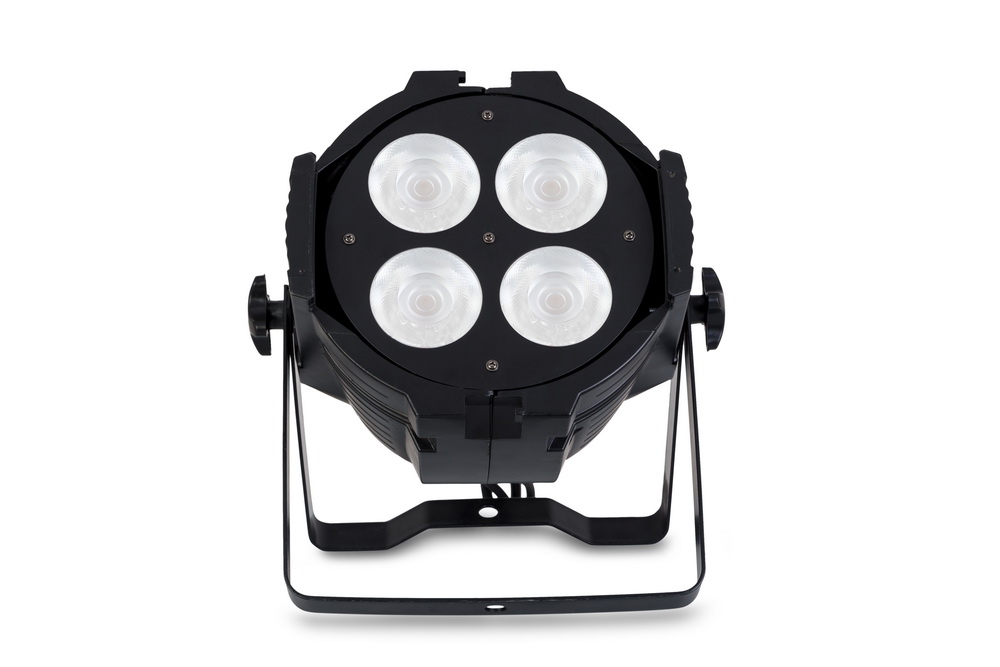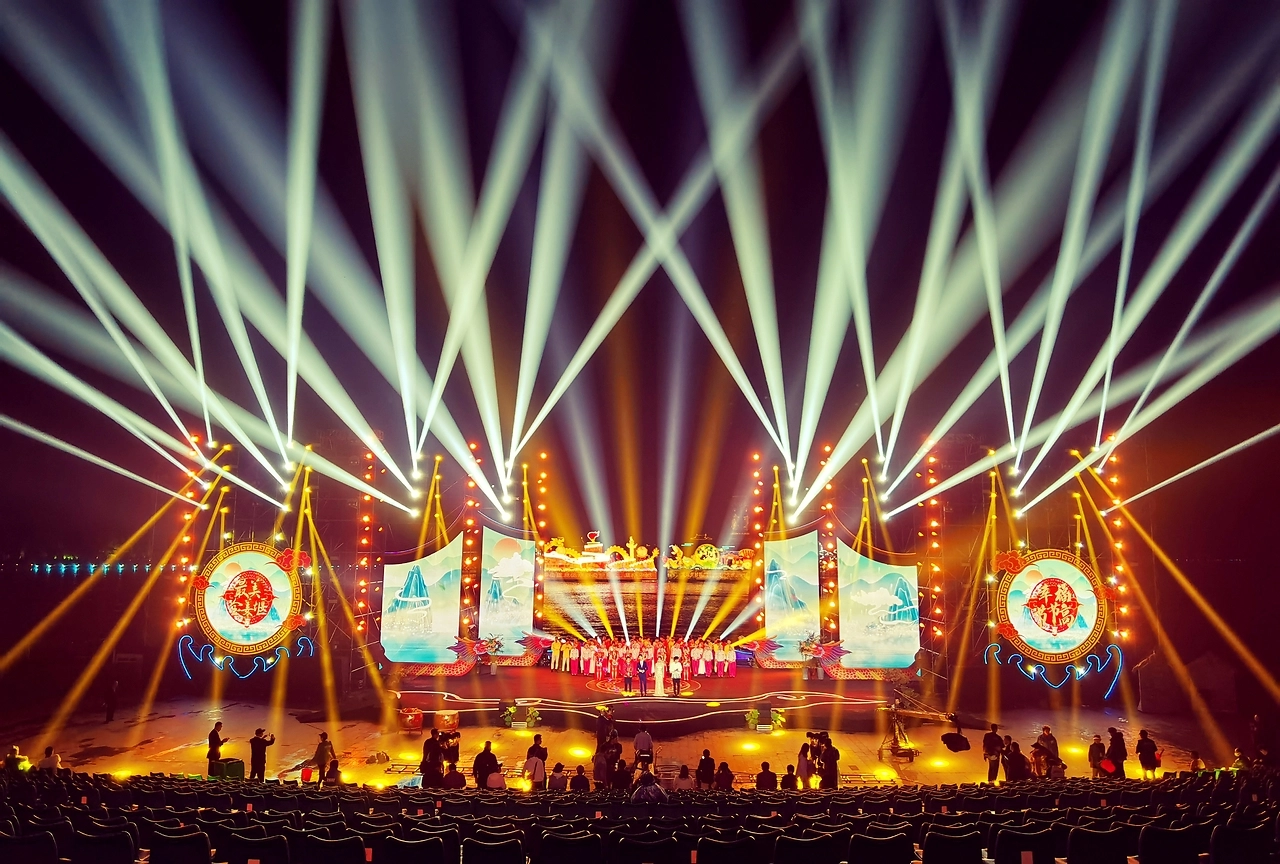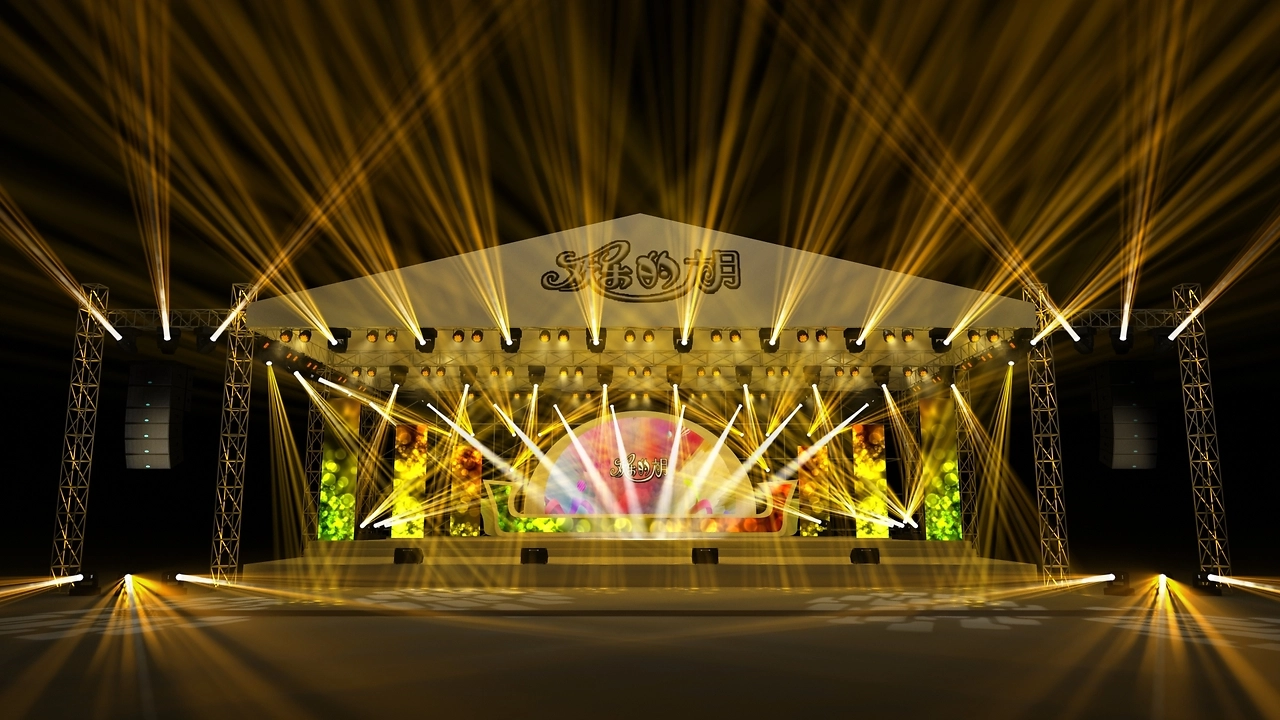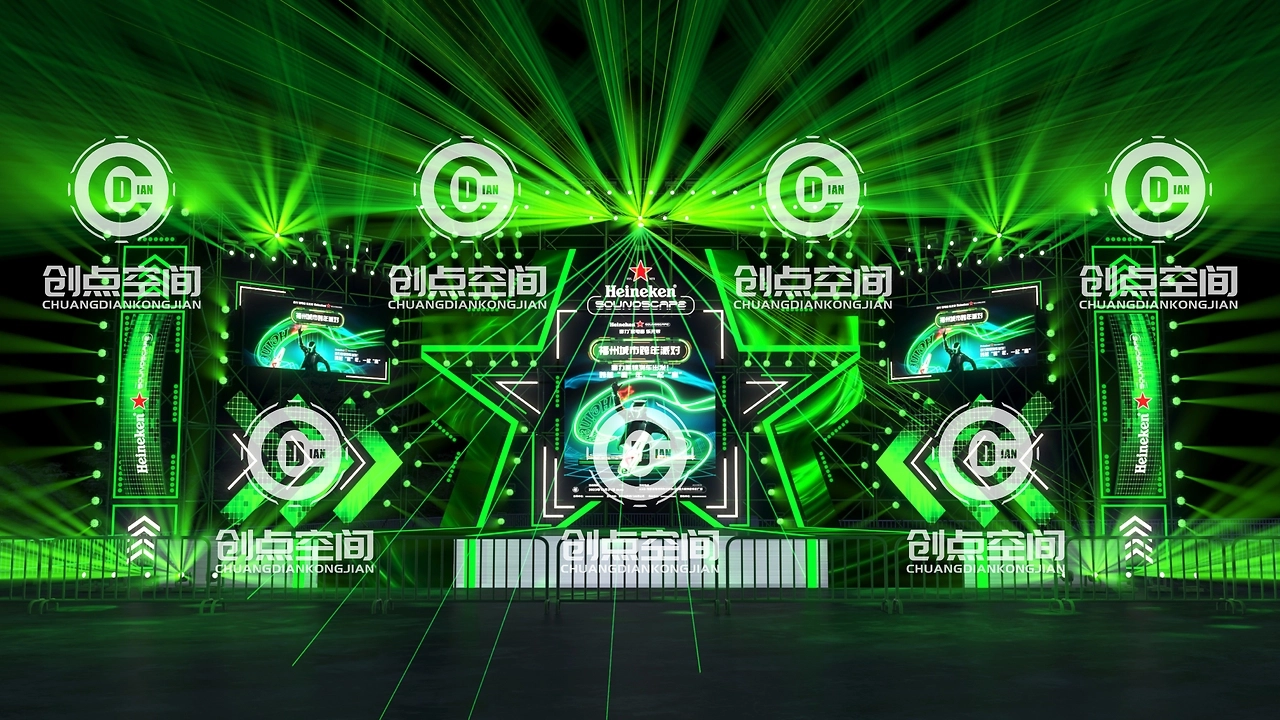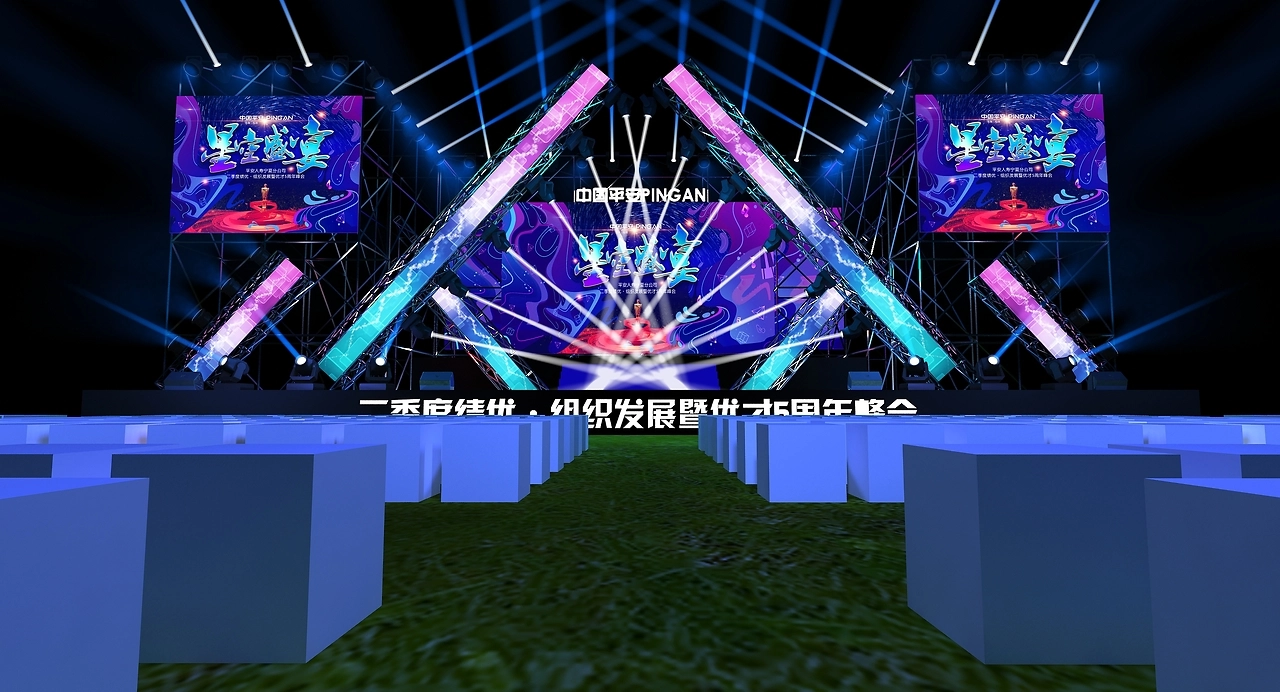Design principles and lighting techniques for stage lighting and film and television lighting. Stage lighting can be roughly divided into theater dance table lighting and variety show lighting. Its characteristics mainly focus on on-site viewing effects and often have a certain degree of artistic subjectivity and abstraction.
Whatsapp:+86 134 1860 8878
1. The lighting requirements for theater stage vary depending on the purpose of the performance.
The basic lighting configuration of the theater stage referred to here refers to the basic ability to meet the performance needs of general operas, ballets, plays, local dramas, etc. Tube lamp, also known as RAP lamp, is constructed by installing mirror bulbs inside a cylinder or bromine tungsten bulbs inside a reflective bowl. Its main feature is that it can emit a relatively fixed beam of light, with various widths of beam angles, but the spot size cannot be adjusted; Sky lights, floor lights, high-power diffuse lights, used to illuminate the sky up and down, requiring brightness and balance, and a large illumination area; Imaging lights, also known as shape lights or ellipsoidal spotlights, have various beam angles and can be selected for application according to needs. Their main feature is that they can cut the light spot into square, diamond, triangle and other shapes like a slide, or project various patterns and patterns as needed. The power also has options such as 1KW and 2KW to choose from; There are also spotlights with increasingly fewer applications. The spotlight used on stage refers to the use of a flat convex spotlight in front of the lamp. This type of lamp can adjust the size of the light spot, resulting in a more concentrated beam and less diffuse light next to it. There are various power options ranging from 0.5W to 5KW, and the focal length is divided into long, medium, and short, which can be selected according to the distance of the light. Stage lighting mainly uses fixed-point light sources with different colors to achieve various visual effects. Stage lighting first respects the human eye, that is, fully considering people's viewing habits and shaping based on this.
2. Lighting for Variety Shows Large variety shows are a long-standing and rapidly developing art form, with increasingly diverse forms such as Spring Festival Gala, various themed parties, commemorative parties for different holidays, etc; From the perspective of the scene, it is becoming increasingly complex, with different types of studios, open-air theaters, stages, sports stadiums, and squares; From the perspective of the audience, the level is getting higher and the number of people is increasing; From the perspective of program format, there are music, dance, drama, folk art, etc. The lighting design of variety shows is based on stage lighting, incorporating many new elements and using advanced lighting equipment. When lighting, more attention is paid to the diversity of angle selection.
In terms of stage lighting selection, most variety shows use advanced computer lights, and the overall lighting is controlled within the range of 800LX~1000LX. The lighting is divided into zones, with the front zone lighting ranging from 2000LX~2500LX, the middle zone lighting ranging from 1500LX~2000LX, and the back zone lighting ranging from 800LX~1000LX. Moreover, the lighting effect changes rapidly and diversely. Another noteworthy feature is that in order to meet the needs of television broadcasting, the lighting used in variety shows also needs to consider whether the color rendering of the light is consistent with that of the camera. It should not only be suitable for human visual viewing, but also meet the shooting requirements of the camera.
Film and television lighting can be roughly divided into film lighting and television program lighting. Its characteristics are that it emphasizes the restoration of objective natural lighting effects, pursues the authenticity and rationality of lighting effects, and considers the coordination between recording equipment and light sources when lighting.
Whatsapp:+86 134 1860 8878
1. Film lighting is divided into outdoor lighting and indoor lighting. Outdoor lighting should generally respect the laws of natural light and try to reproduce or moderately supplement natural lighting effects; Indoor lighting requires full consideration of the characteristics of photosensitive materials, and the use of lamps with moderate illumination and color temperature based on the type of film and sensitivity. The selected lamps are mainly traditional lamps, but with relatively high power and high color temperature of the light source. At the same time, attention should be paid to the tolerance of the photosensitive material and the light ratio should be strictly controlled.
2. TV program lighting is mainly divided into film and television drama lighting, studio lighting, and TV news outdoor lighting.
(1) Film and television drama lighting is similar to movie lighting, but the camera has a weaker adaptability to illumination, but has better adaptability to color temperature than film.
(2) Studio lighting, as a special type of shaping light effect, has its own characteristics. Before determining the lighting scheme, it is necessary to have a detailed understanding of the performance characteristics of the recording equipment used, analyze and study the facial features of the announcer, and also consider the influence of other styling methods (such as hairstyles, clothing fabrics, and colors) on character styling, in order to achieve the desired visual effect through lighting. The brightness of the background light should be lower than that of the character light, and the ratio to the character light should be between 1:1.5 and 1:2. When lighting up, try to minimize shadows and control excess light behind the announcer. In terms of color usage, do not use too deep or too mixed colors. It is advisable to use light tones or neutral colors. Overly heavy colors can affect the broadcaster's clothing and image, causing a commotion. It is also necessary to determine the main light position based on the facial features of male and female broadcasters. If there is a significant difference in facial shape between two people, the main light should be set separately, and the height and angle of the light position should be determined according to the person's facial shape. The main light source is the main light source for character modeling, which shapes the character's image, reflects the character's contour and skin color temperament. The orientation angle of the light should be determined based on the character's face and facial features.
Generally, the main light is on the side facing the announcer. The position of the female announcer's light in the lighting should not be too high or too sideways. The position of the main light is generally between 30 ° and 50 ° of parallelism, and the height should be such that the nasal shadow is slightly lower when sitting. Generally, the shadow of auxiliary light should not pass over the nose bridge to avoid butterfly shaped nose shadows. The ratio of brightness to main light brightness should be 2:1 to 2:1.5. The face light is used to illuminate the front of the character, with the light position generally located at a height above the character's face and thrown at an angle of about 30 degrees above the camera position. Dual light surface lighting can also be used, which means using soft light to illuminate the face first, and then adding a small light and eye light.
Contour light is a type of light used to outline the lines and three-dimensional contours of characters. It enhances the depth of the image, highlights the spatial hierarchy between people and scenery, and reflects the texture and three-dimensional effect of hair accessories and shoulder clothing in character design.
Whatsapp:+86 134 1860 8878
The light position is generally tilted at a 45 °~65 ° angle behind the announcer
